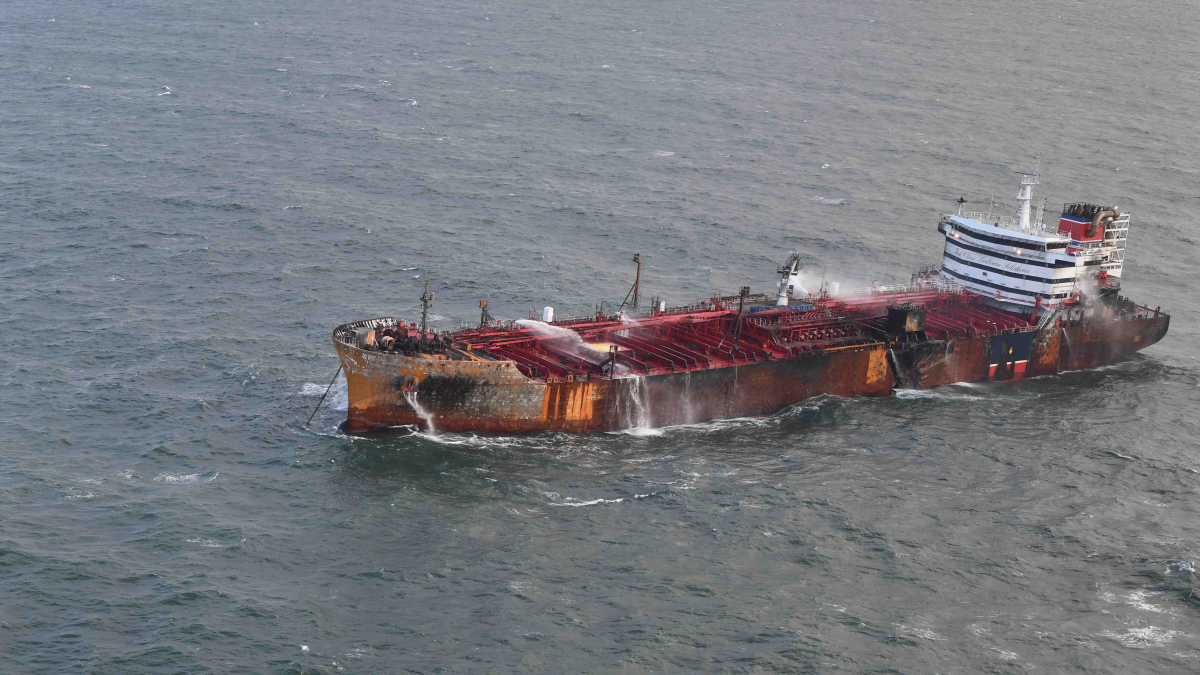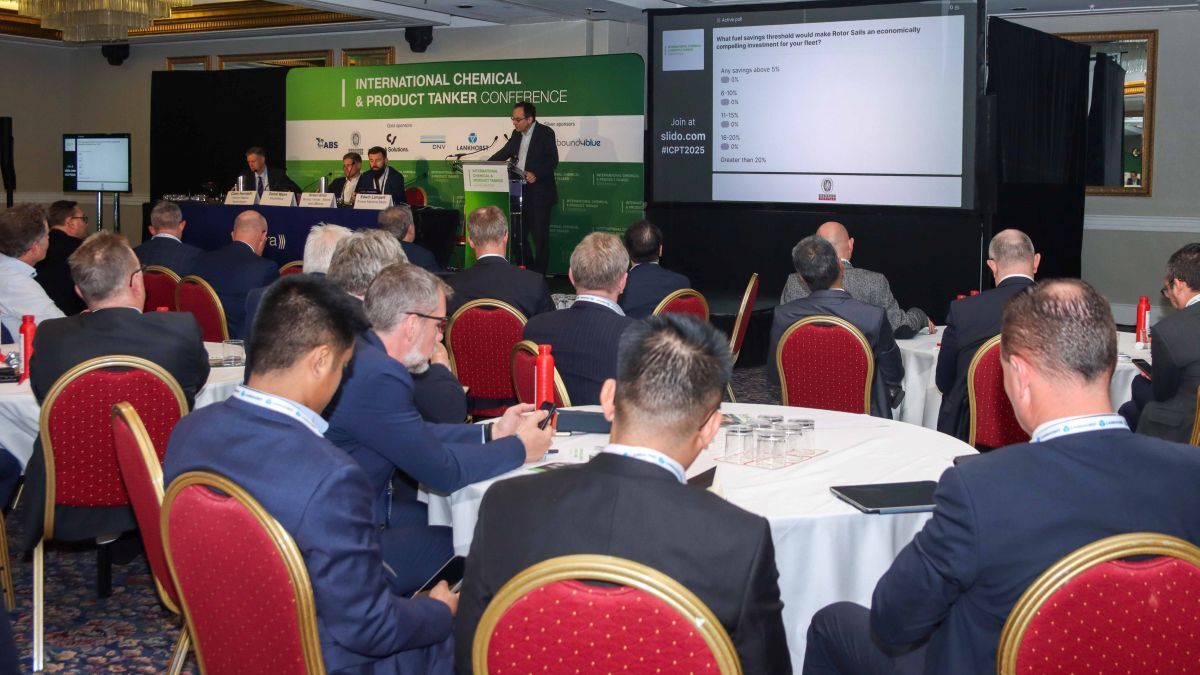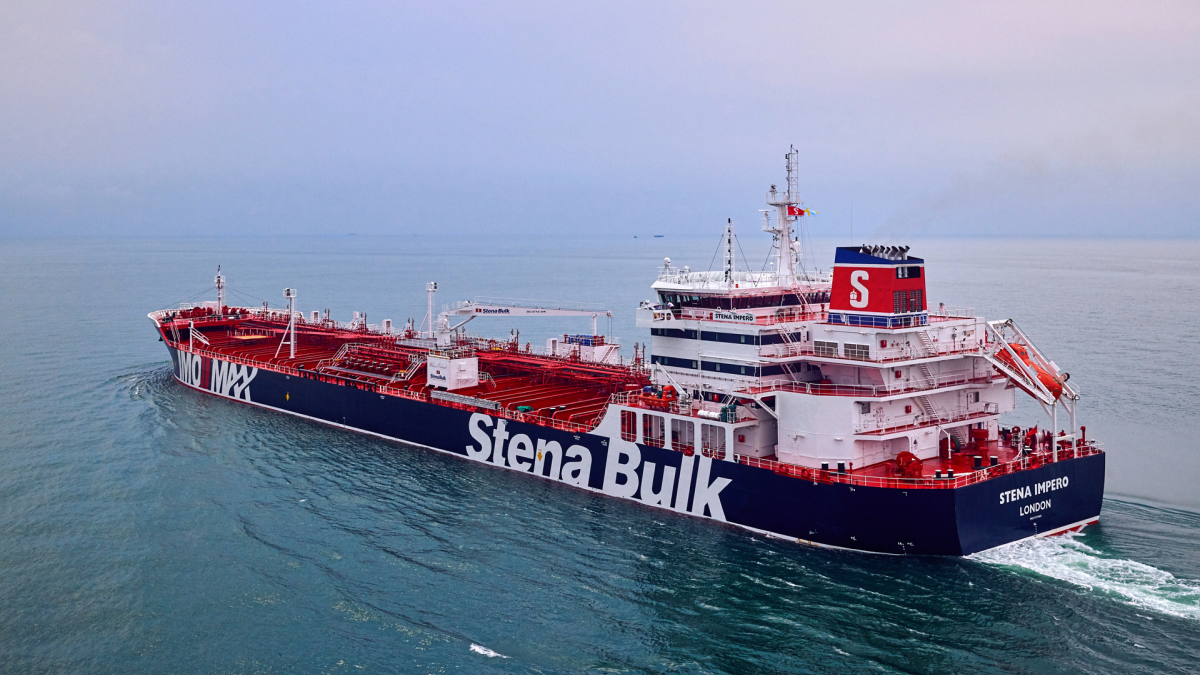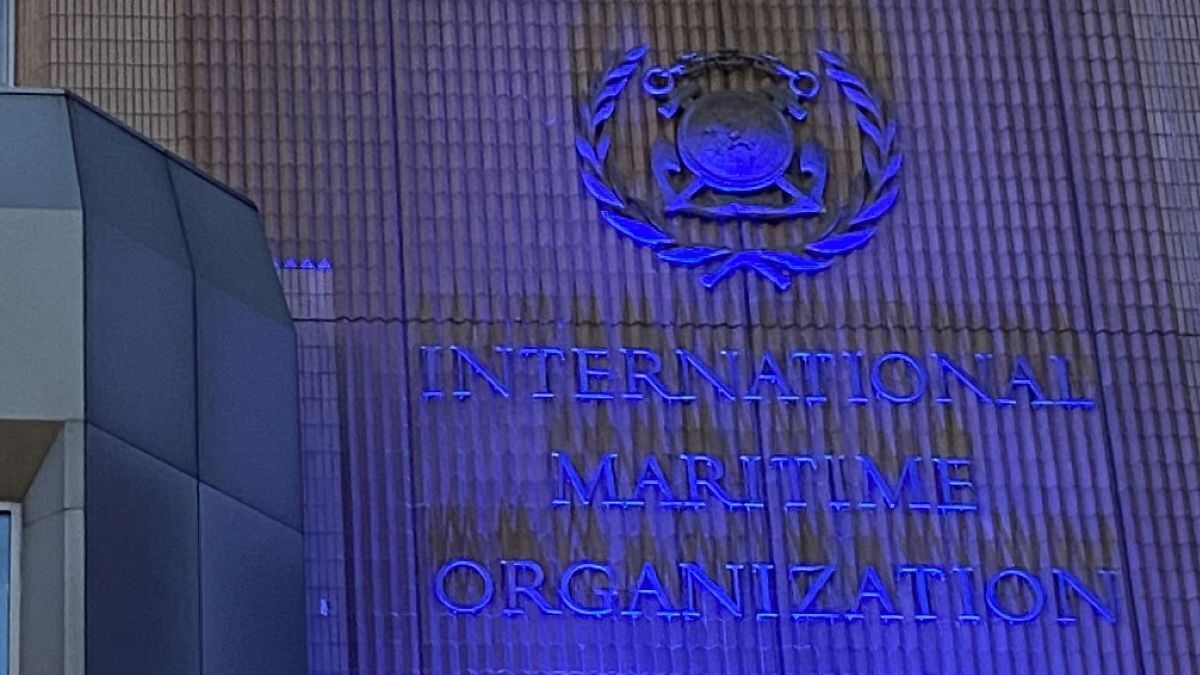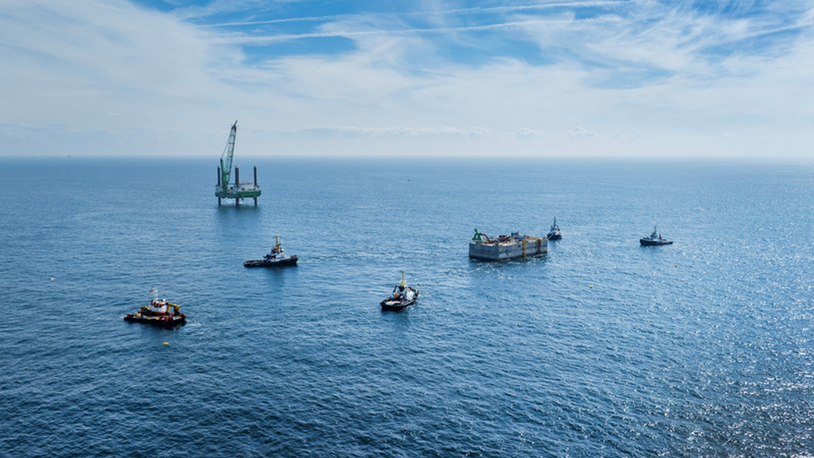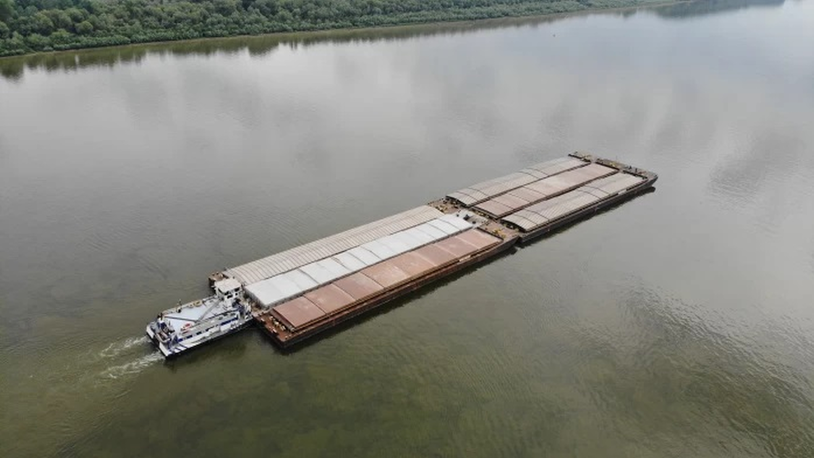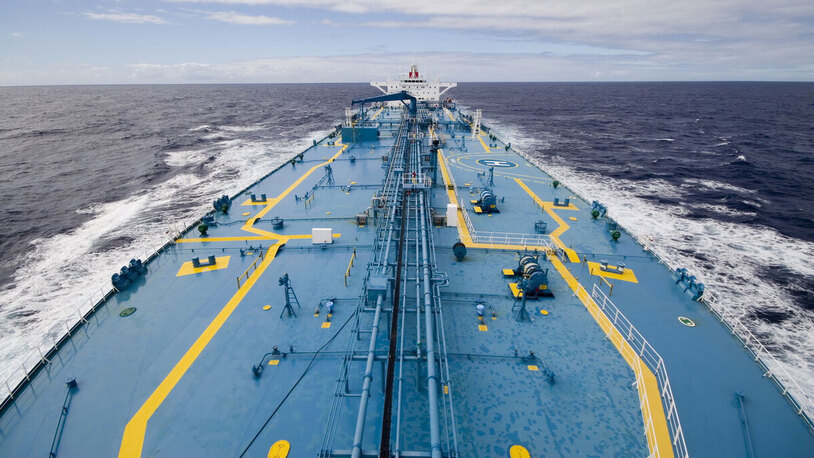Business Sectors
Events
Contents
Register to read more articles.
The challenge of salvaging ships powered by alternative fuels
Salvors need to invest in specialist equipment and people to respond to distressed vessels powered by LNG, methanol or ammonia
Salvaging ships running on alternative fuels to diesel and heavy fuel oil (HFO) will be highly challenging and potentially deadly to salvors in an industry that remains underfunded.
The characteristics of existing gaseous fuels, such as those derived from LNG and LPG, are different to marine gasoil, HFO, very low sulphur fuel oil (VLSFO) and new-generation biofuels.
Future fuels including methanol, ethanol, ammonia, compressed and liquefied hydrogen will have different characteristics during voyages and when ships are in distress.
The biggest challenges for emergency responders are fuel containment, reaction to water ingress in storage tanks and the risk of ignition and explosion.
Smit Lamnalco global director for business and project development in LNG, Andrew Brown, provided information on the latest research into salvaging ships powered by alternative fuels based on studies undertaken by a working group on behalf of Boskalis and Smit Salvage, to understand what happens to an LNG-fuelled vessel in peril. This research provided a first draft of emergency and incident modules to support the Society of Gas as a Marine Fuel (SGMF) in developing salvage guidance.
“Salvaging vessels running on alternative fuels will bring new challenges,” says Mr Brown.
“Most studies were done on vessels with LNG fuel. But some of the lessons learned could be applied to vessels using other fuels.”
The key takeaways from the research is salvaging an LNG-fuelled vessel that remains intact and floating is similar to emergency towage of a ship running on HFO, VLSFO and marine gasoil. But the biggest issues come if the ship is partially or fully submerged.
“Each alternative fuel, in the unlikely event of a salvage situation, will provide its own risks, hazards and challenges for the salvor,” says Mr Brown.
“The biggest problems of salvage for us is maintaining safety and the environment, getting the fuel off the vessel, and the risk of fire. When going on to salvage, we need to consider what fuel is on board and how we will deal with this.”
LNG, liquefied hydrogen and any other fuels requiring cryogenic storage will have different issues to ammonia and methanol. The biggest issue is water ingress into the storage tanks and a resulting rapid phase transition and containment failure.
“Our biggest challenge is water ingress. If that happens, it is game-over, basically,” says Mr Brown. “What we learned from LNG fuel is there is not just one event, but an escalation of multiple events. If the ship is semi-submerged, there could be water ingress into the tank heating the LNG, which would expand,” he explained.
“The tank could collapse and then the gas would erupt. From that, there is brittle fracture and then delayed ignition.”
There are many different emergency scenarios – grounding, fire, dead-ship and various vessel collisions. On arrival at a salvage, personnel need to assess the condition and damage of the vessel – whether it remains afloat or is partially or fully submerged.
“For a risk assessment, we would look at the fuel system, the fuel type, its containment and the potential hazard to the environment and the salvor,” says Mr Brown. They would look at the stability of the fuel “and what would happen if there is water ingress, which is the biggest problem.”
If it is a cryogenic fuel, salvors need to prevent water ingress by ensuring the structural integrity of the containment and fuel management system, then consider the risk of exposure to the fuel or its fumes to salvage personnel. “If it is ammonia, we do not want to allow this into the atmosphere due to its toxicity and we probably do not want to be near it,” says Mr Brown.
The reaction of water ingress and fuel dispersal differs with the depth of the sunken ship. Water pressure would have an impact on the fuel containment and could result in fracturing the storage tanks, with water ingress creating an underwater rapid gas expansion event and large gaseous bubbles.
“The deeper the ship is, the more dispersion there would be,” says Mr Brown. At shallow depths, there would be large bubbles emitted at high energy at a rapid rate. But at depth, as these bubbles rise through the water column, they would become smaller bubbles and “as they get closer to the surface, they will become depleted.”
Safety relief valves should work in a partial or full submersion, and even if the tank flips over, the valve would work when the pressure increases.
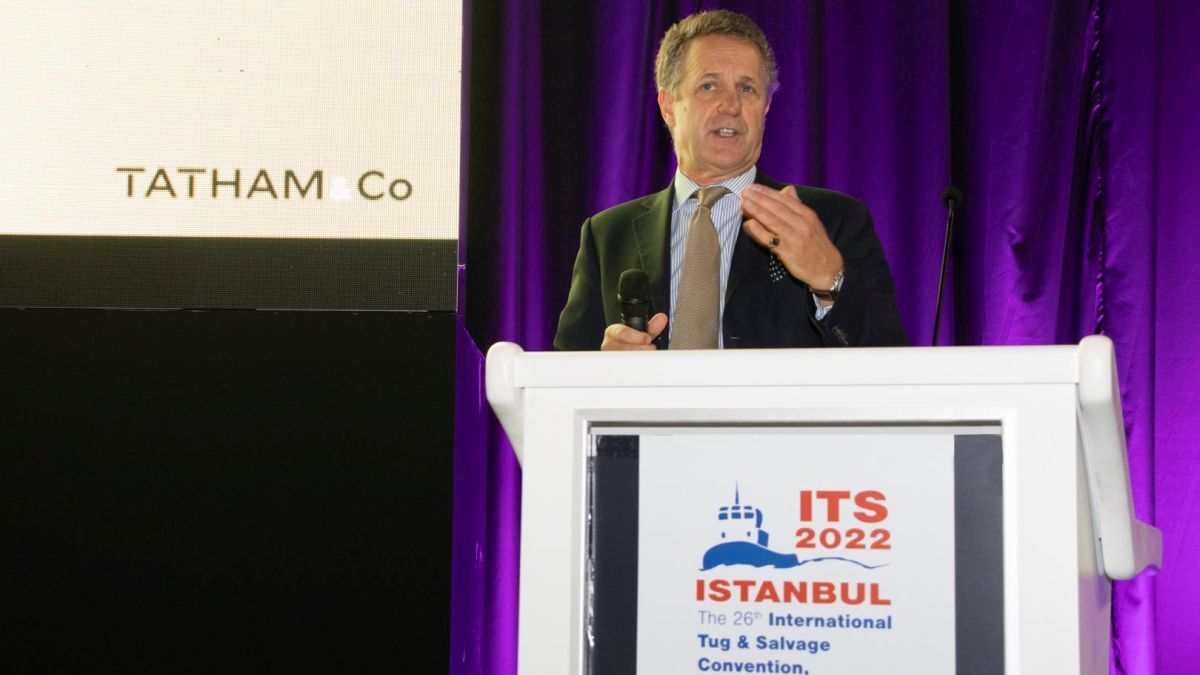
Casualty responses
During the emergency, the salvage company needs to consider the safety of salvors, response groups, stakeholders, the environment and any public audience by carrying out a quantitative risk assessment prior to any salvage situation. “The risk assessment will change for what we need to do with alternative fuels,” says Mr Brown
Then salvors plan safety zone management, determined by the potential plume of gas and surface slick of fuel. “Safety zones are going to get bigger, so it will be important to understand how to manage these zones,” says Mr Brown.
Salvors then assess the emergency response, evaluate the loss of containment (LOC) procedures and identify how to adapt them when the condition of the vessel changes.
“There could be scenarios where the vessel is intact, but then there is loss of containment, cutting into steel, or pipes breaking, and then there is water ingress.” It is important to model plume dispersion and how to manage it.
During the salvage, it is also important to monitor the fuel tanks, their condition and structural integrity. “If designers can include a method of monitoring the fuel system even when the ship is in distress, this would help salvors a lot,” says Mr Brown.
“If we can understand what is physically happening with the tank, we can look at fuel containment and its toxicity. Another challenge is transferring fuel from a ship in peril before there are any containment issues.
“As it stands today, we would find it very difficult to salvage a vessel with alternative fuels, even with the technical guidance,” says Mr Brown, “because we may not have the equipment and the risk may not allow us to get close to the casualty.”
Cryogenic transfer hoses are available in strategic stations around the world, but there may not be tanks, tugs and barges available for fuel transfer. “Existing ship-to-ship kits do not work for cryogenic fuels,” says Mr Brown. “There are gaps in salvage equipment. We need to ensure we have STS cryogenic fuel transfer equipment in place.”
He says shipowners considering using alternative fuels should consult salvage companies to jointly conduct risk assessments. “Evaluate what is needed and work out how to have the equipment and skills ready, including portable flares, fire-fighting systems, barges and floating water curtains, which we need to manage plume dispersion.”
Mr Brown says salvors need emergency response and support tugs with all the equipment on board. Remotely operated vehicles would be needed to survey a casualty, and plume dispersing modelling, weather watching, forecasting and cryogenic fuel, ammonia and methanol specialists “who understand what is physically happening and can assist the salvage”, would be required.
Training and competency will be critical in an emergency. “We are going to need to retrain salvors in new skills, in how to do quantitative risk assessments and how to deal with situations,” says Mr Brown.
Another critical factor is understanding the condition of the fuel and how the fuel system is working. “Be prepared – as you will not know when there could be water ingress and its impact. Then it is dispersion monitoring and preventing ignition.”
Legal considerations
Tatham & Co partner and TugAdvise founder Simon Tatham provides an overview of the key regulatory challenges salvors face when salvaging vessels running on alternative fuels. This includes preventing threats to personnel and salvors and preventing the vessel and its cargo sinking and causing pollution to the environment.
Other issues include exposure to third-party liabilities, protecting shipowners from liabilities and the potential investment needed prior to salvage payments.
Mr Tatham says salvors are paid by hull and machinery insurers, while pollution clean-up is covered by protection and indemnity (P&I) insurance. If the ship and cargo can be saved, there are incentives for companies to salve the casualty.
But if the ship is broken and the cargo lost, salvors may not be paid enough to recoup investment. The Special Compensation P&I Club Clause (SCOPIC) of Lloyd’s Open Form provides an alternative remuneration, when invoked, to incentivise salvors to protect the environment.
Mr Tatham says salvage remuneration could be high for salvaging ships running on alternative fuels as these will be modern ships with high-value cargo. But any eventual payments would need to cover prior investment in specialist equipment, vessels and people.
On the operational side, alternative fuels could increase the danger to salvors and third parties and mobilising specialised equipment, such as heavy-lift vessels and powerful salvage tugs, could be expensive.
Another challenge will be finding ports of refuge and facilities for offloading recovered fuel and cargo, and its storage. Mr Tatham says salvage company investments, higher risks, greater expenses, and depth of response would be factored into salvage rewards.
Riviera Maritime Media’s TUGTECHNOLOGY returns 23-24 May 2023 in Rotterdam, the Netherlands. Use this link for further information and to register your interest
Related to this Story
Events
Maritime Environmental Protection Webinar Week
The illusion of safety: what we're getting wrong about crews, tech, and fatigue
Responsible Ship Recycling Forum 2025
© 2024 Riviera Maritime Media Ltd.



